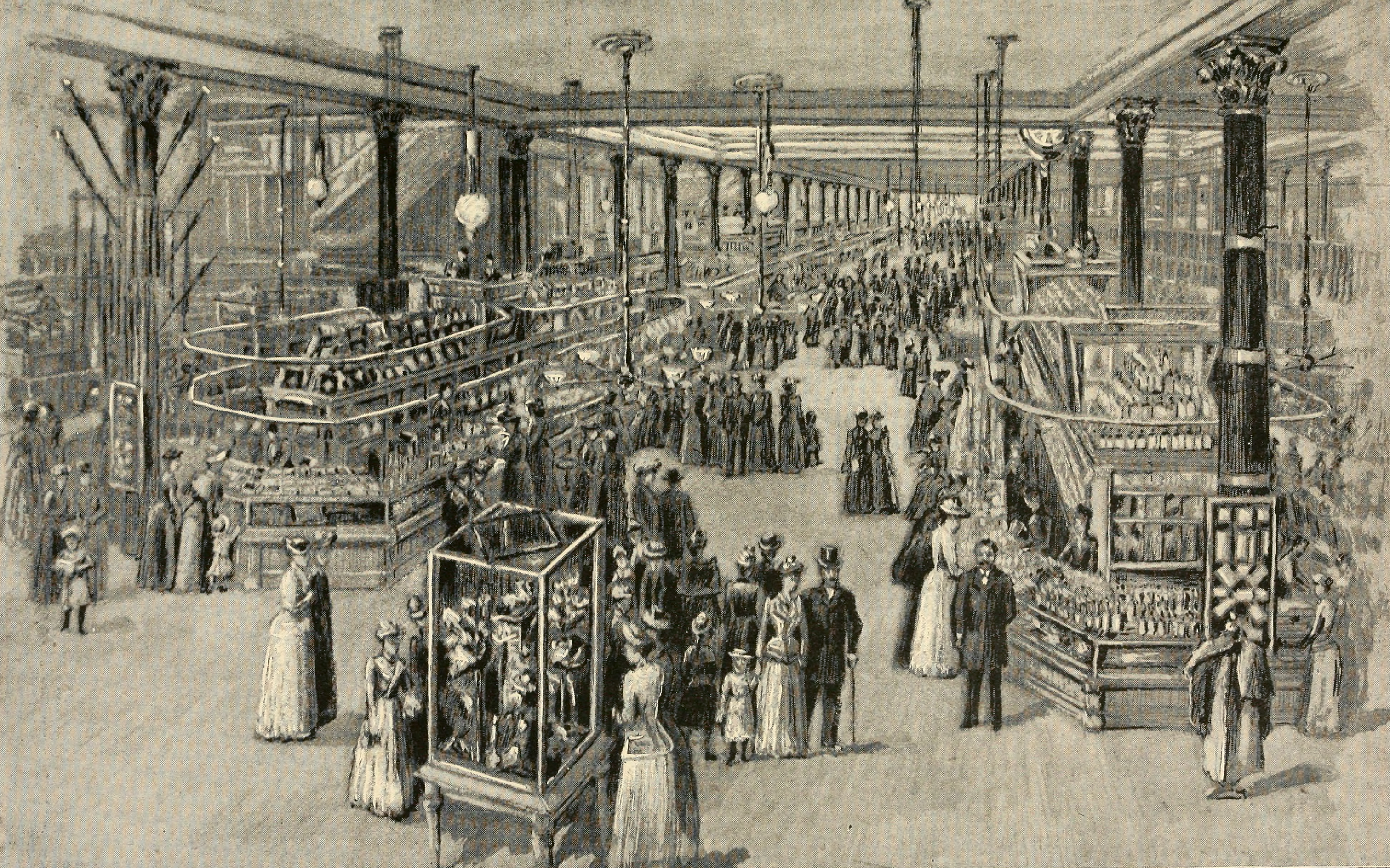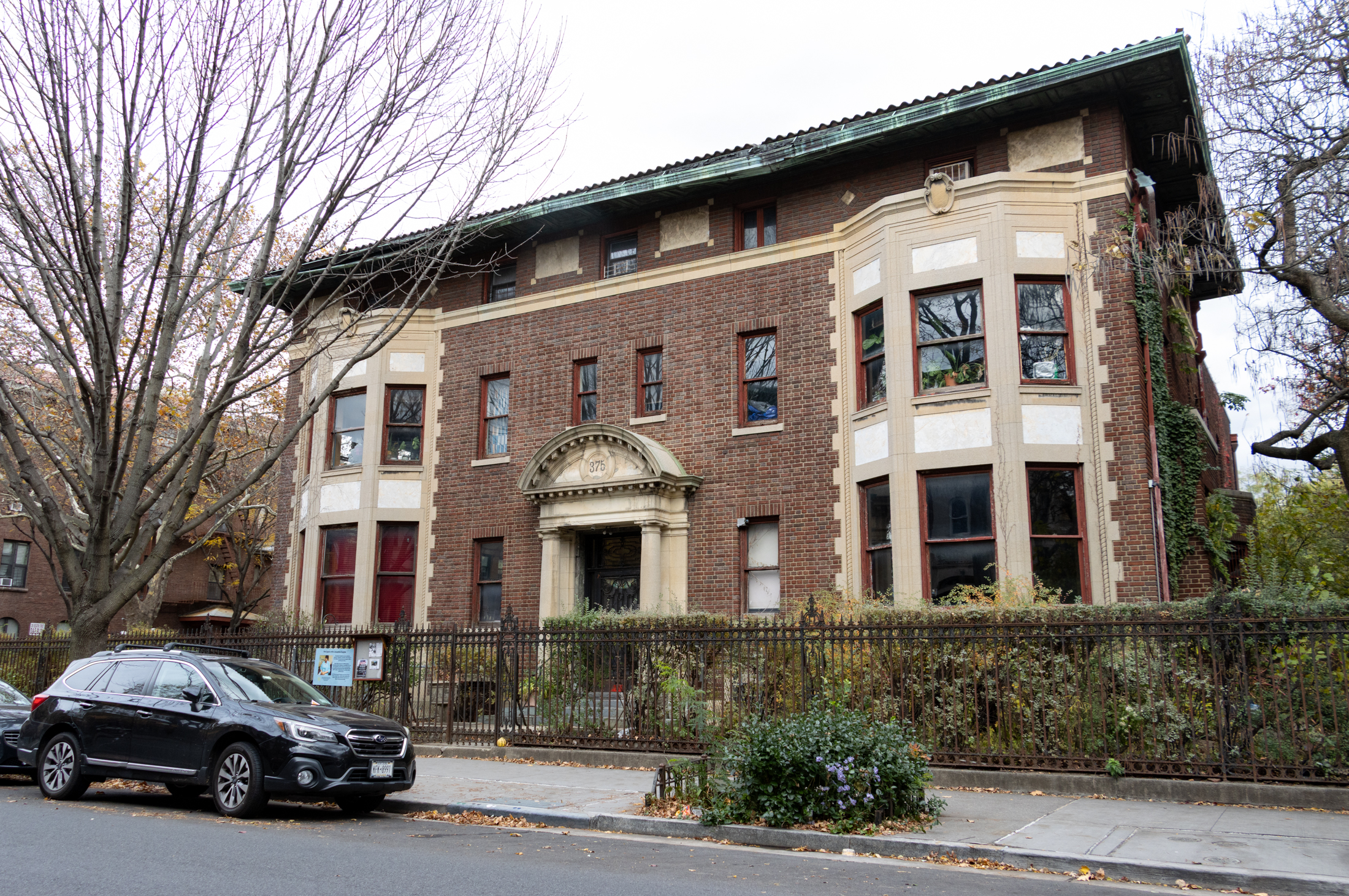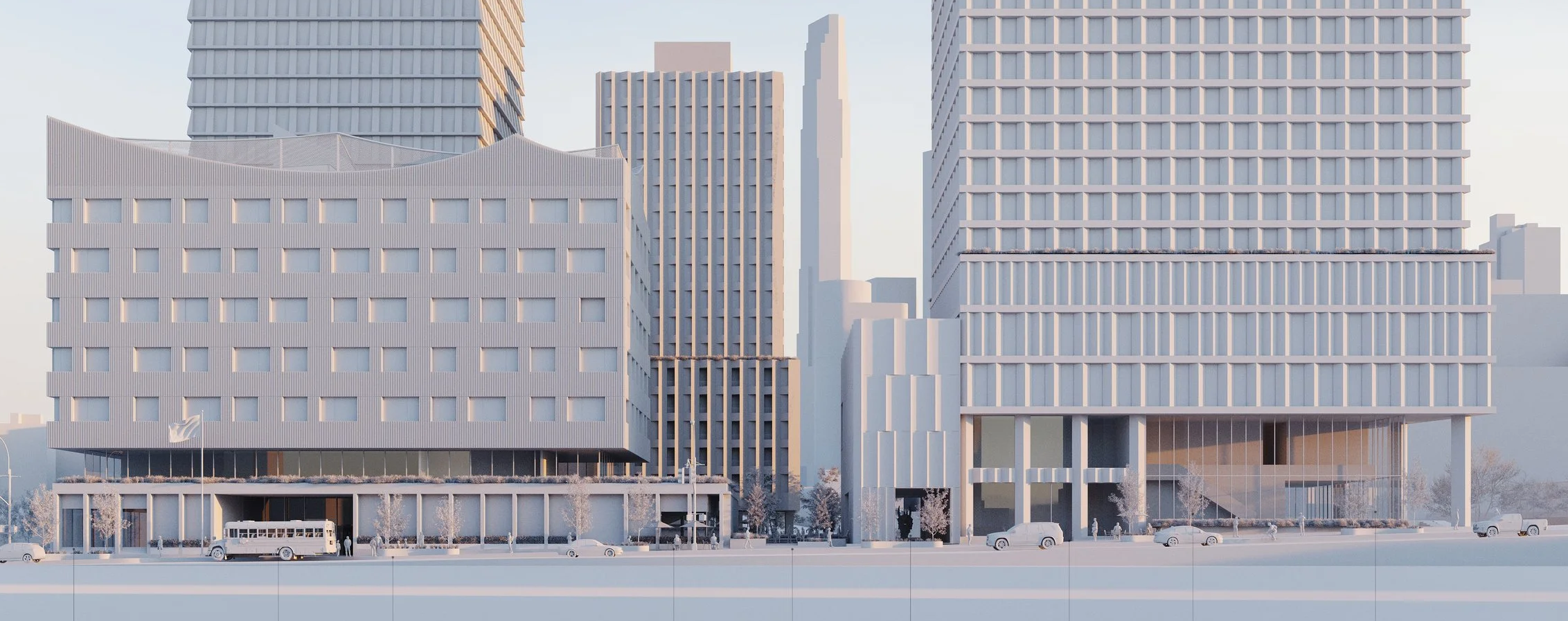Front Page Forum: Creaky Floorboards
Our hallway floorboards are not in the best of shape. On the lower floors, there are a couple of patches where you can feel the floorboards flex a little when you walk on them, adding a little bounce to your step. On the top floor, they are more stable, but the whole hallway creaks a…
Our hallway floorboards are not in the best of shape. On the lower floors, there are a couple of patches where you can feel the floorboards flex a little when you walk on them, adding a little bounce to your step. On the top floor, they are more stable, but the whole hallway creaks a lot, which is not insignificant because it’s the floor where the kids’ bedrooms are and, as any parent will tell you, once your child is asleep, you want him/her to stay that way. So we’re wondering what people would recommend for both situations? How big (or small) an ordeal is this potentially?





Some thoughts:
First, there are a fair number of old houses out there that never had a subfloor to begin with. Lots of them had soft-ish pine, too (although the old stuff is harder than what you’d get today). Looks like both apply to you.
I’ve got the same dilema in a house in DC. Ignoring it while I rent up here for the time being.
Second, be *very* careful fooling around with sanders on an old pine floor. Some are thick and hearty, but you can do a whole lot of irreparable damage in a hurry – especially if it’s a tongue and groove, where the joints will start popping if you sand too thin.
If you truly want lasting quiet, the only real way to do it is pull up the floor and lay down some decent plywood under it. Not sure whether you can then re-lay what’s there now…probably not, at least at reasonable cost.
Gee – a good sanding and your choice of stain and then polyU and they will look amazing. The wood is great – why noe bring it out and stop worrying about ultimate quietness. Old houses = character = creaks.
Just manage the creaks, little ones versus big ones. When a floor needs radical ‘surgery’ then you go for it. Otherwise I think just prettying up the floors is the way to go.
Jerry
Hey Sleb…”suburban raised clowns”? Are you implying they don’t have wood floors in the suburbs?
Thanks for all the advice…one interesting thing to note is that this photo is of the parlor floor. In the high Victorian era houses like this, the parlor floor was traditionally covered in wall-to-wall carpet, which was considered the fancy way to go. So these floors never would have had another layer of wood floor.
Home Depot sells floor tile with a removable backing. Peel and Stick!!! oh sorry that was probably the previous owner of your brownstone
We have a similar problem. Incredibly creaky stairs: great to detect an intruder, and kids sneaking in/out but not so great when trying to walk away after putting the baby to sleep. We have decided to try a foam layer then carpet the staircase with something non slip…Any suggestions?
OK, I admit nailing them down is a quick fix at best. All the posts above have some value on their own. You have to make your own value judgement. Do you want a short term fix now? Do you want it done right and are willing to pay? Or are you like me and one poster above who doesn’t mind a creaky spot in the floor.
In my house and many I’ve seen, these old southern yellow pine floorboards serve as the floor. If there was a parquet or other wood floor originally, it would be evidenced by numerous small nail holes.
Hey 12:29 idiot,
Yeah – real smart to lay a new floor on top of an existing, creaky subfloor. Great advice, guy.
Uh, get a real actual floor? This is designed as a subfloor. It never ceases to amaze my how these obviously suburban raised clowns move into the city without any actual knowledge of home maintenance and in many cases neighborhoods in general. Posting on an internet message board to get bad advice is the only solution…